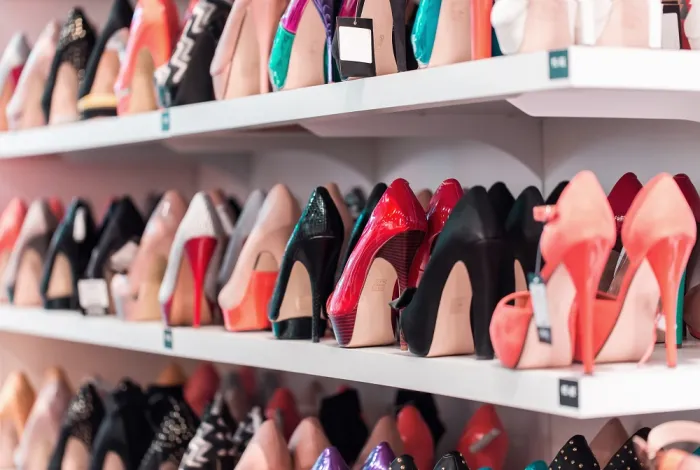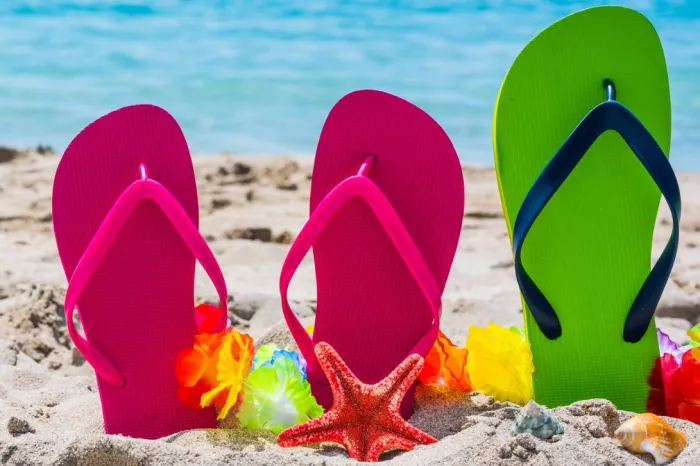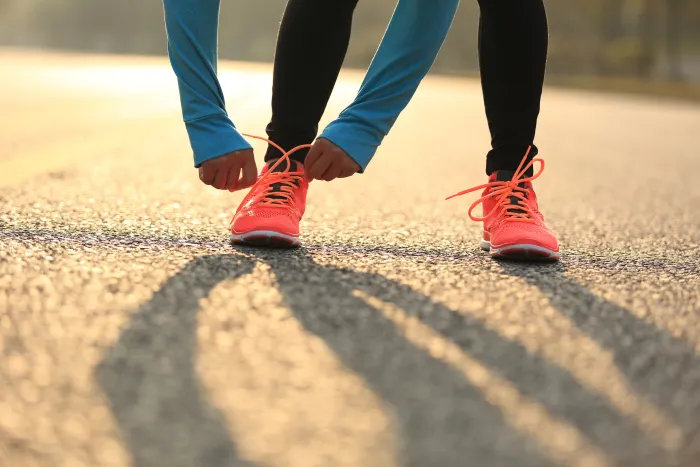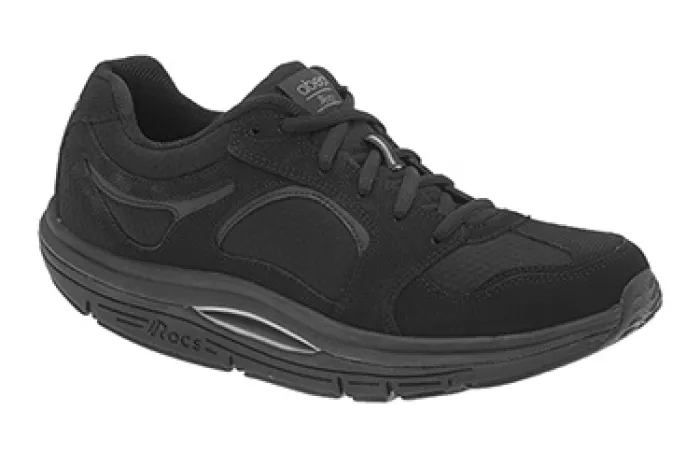Shoes: Finding the Right Fit
According to the National Ambulatory Medical Care Survey (NAMCS), nearly 7 million Americans visited a doctor for foot- and toe-related discomfort in 2009. Fortunately, many foot-related problems can be prevented with shoes that are appropriate for an individual's feet, body, and lifestyle.

High Heels
Higher heeled, pointed shoes can cause bunions, knee pain, and lower back pain. In addition, high-heeled shoes place tremendous pressure on the fat pad under the ball of the foot (forefoot). The higher the heel, the greater the pressure and the likelihood for injury. If a high-heeled shoe has a pointed toe, it creates even more pressure in the forefoot.
If you prefer to wear higher heels, look for shoes with a platform under the toe box, which will decrease the overall stress on the foot. If you are purchasing a lower-heeled shoe, make sure that the heel is secure and that there is ample room in the toe box. Ballerina flats should have elastic along the top sides of the shoe so that they grip onto your foot better.

Sandals

Athletic Shoes

Rocker Sole Shoes
Shoe Buying Recommendations
Style is often a key consideration in choosing a pair of shoes, but it cannot be the only factor. To reduce the risks of developing a foot problem, a shoe should conform to the shape of your foot, and it should correspond with activities you do, such as standing for long periods of time or walking long distances.
- Because your feet may swell throughout the day (up to 8%), purchase shoes toward the end of the day to ensure maximum comfort.
- Feet can grow as we age, so have your feet measured every year. Make sure you stand while having your feet measured, because the full weight of your body will expand your feet.
- Do not buy a shoe based only on the size. The size may vary from brand to brand and style to style. It is important to try on shoes, and then to purchase the one that fits the best, regardless of the size.
- You should have 1/2 inch of space between your longest toe and the tip of the shoe. Make sure that this distance is measured from your longest, not your largest, toe. If you are wearing a shoe that is too long for your foot, you may develop toe pain and blisters as your foot continuously slides forward toward the front of the shoe.
- Walk around in the shoes on different surfaces to make sure that they are comfortable before purchasing them.
- If your foot is too wide for a certain shoe, a larger size may not be a better fit. Although the larger shoe may be more comfortable in the width, there may be too much room in the toe box and your foot may slide back and forth in the shoe resulting in foot and toe problems.
- A square or round toe box will provide more room and comfort by allowing the toes to lay flat. A pointed shoe shape may crowd the toes, causing discomfort. Purchase a shoe that conforms to the shape of your foot (i.e. curved or straight).
- Do not buy a shoe that needs to be stretched by the salesperson, or requires pads to keep your feet from slipping.
- Shop at a store that has a variety of shoe styles and prices. You do not need to buy the most expensive shoe, but you should purchase the one that fits your foot. A good shoe is a good investment. A shoe repair store can replace the soles of well-made shoes multiple times, allowing you to enjoy them for many years.